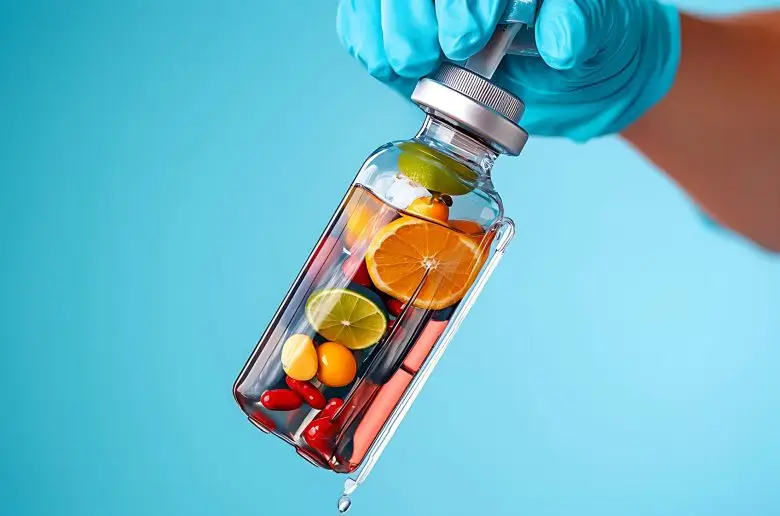From Scurvy to Superfoods: The wild journey of Vitamins

A Million Flavors
Have you ever paused to think how vast our food table really is? The sheer range of dishes across civilizations and cultures is astonishing; behind every dish there is a story, a culture, and a memory. Most importantly, it’s a reflection of who you are.
Our bodies have evolved to adapt, but maintaining balance through nutrition and exercise is an ongoing challenge. Food has driven human existence, but its complexities are often overlooked—we don’t notice inadequacies until they cause illness.
Beyond statistics, knowing that we need a daily intake of protein, vitamins, and minerals to help replace dead cells raises the question of what percentage of them genuinely nourish us. What are your go-to vitamins?
Grounded & Growing
What we know: Our bodies recognize energy demands rapidly, causing hunger. Without daily proteins, vitamins, and minerals, cells can’t fully regenerate, leading to deterioration. Organs replace themselves on a regular cycle—blood every 120 days, skin every 1–3 months, and bone every 90 days. Food provides essential amino acids for this renewal.
What we don’t know: Deficiencies often go unnoticed until illness arises. Many populations lack essential nutrients, impacting health globally.
Future potential: The industry is still in its early stages, as scientists continue to uncover the biochemical mechanisms behind vitamins and minerals.
One of the first
Invisible nutrients that keep us healthy, instead of protein or fats. Casimir Funk named our diet gaps “vitamins,” life-sustaining chemical compounds essential for survival.We replaced treating disease with preventing it and emphasizing nutrients’ invisible power over calories.
Before Science
No Clue, Just Citrus– Intuition and accident were the unsung heroes of health. James Lind is credited for curing scurvy in the British navy by ordering sailors to eat citrus—but he had no clue why it worked. Turns out, the Dutch had been doing it for centuries, probably after borrowing the trick from some citrus-rich culture during their globe-galloping days.
Cloudy Cities—The cure for Rickets? Cod-liver oil and sunlight—two things no child wants and every child needs. Vitamin D was that one beneficial friend who was always there even when we didn’t want it.
Polished grains—beriberi haunted rice-eating populations for over a millennium. The culprit? The culprit was polished rice, which had been stripped of its vitamin B1-rich husk. The cure was simple—unpolished grains—but the lesson was slow to sink in.
Insight Notes
Carl F. Rehnborg’s research into plant-based nutrition began in the 1920s in China, where he witnessed malnutrition as a result of limited availability. Back in the United States, he developed Nutrilite, one of the earliest multivitamins, in 1939. Rather than selling in storefronts, he opted for direct selling to educate customers. In 1945, he pioneered multi-level marketing, establishing not only a business but also a society around wellness.
Businesses
Once focused on treating illness, health businesses today promote whole-body and mental health.
- Natural Sources: Ingredients come from nature—like plants, oceans, and the earth. They undergo gentle processing to retain their nutrients intact.
- Lab-Made Alternatives: Scientists also create ingredients in labs. These are made for accuracy, safety, and strong, consistent results.
Grab
You know it! Grab those vitamins naturally and avoid unhappiness and medical bills.
If you’re curious, the discovery of vitamins is a fascinating story that explores the evolution of vitamins and the research that led to their discovery.

